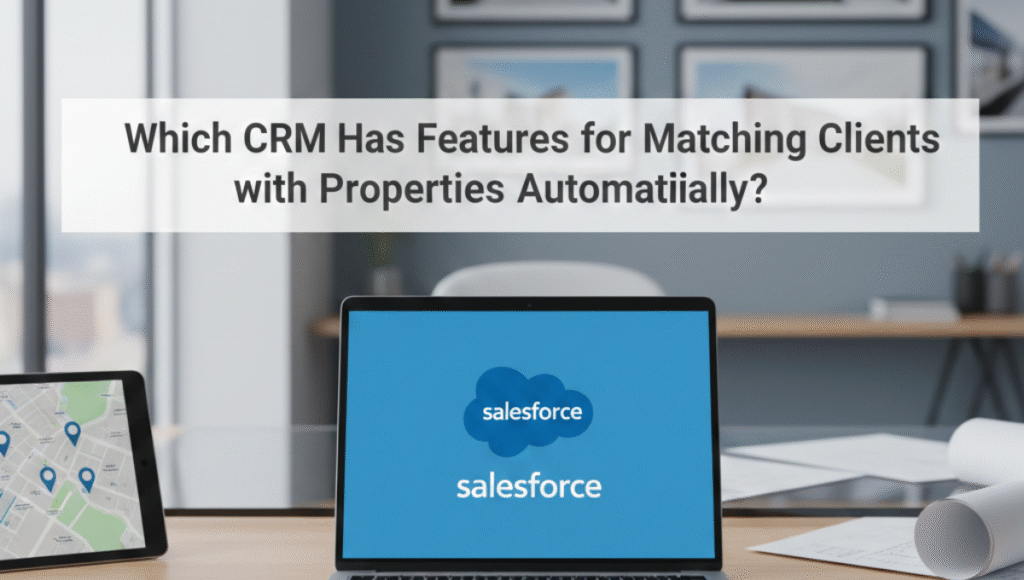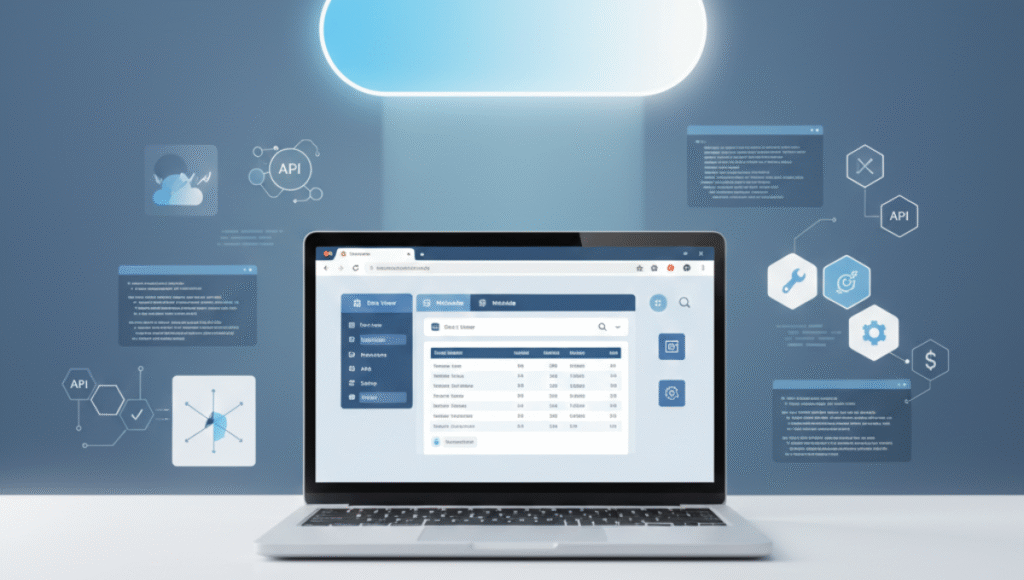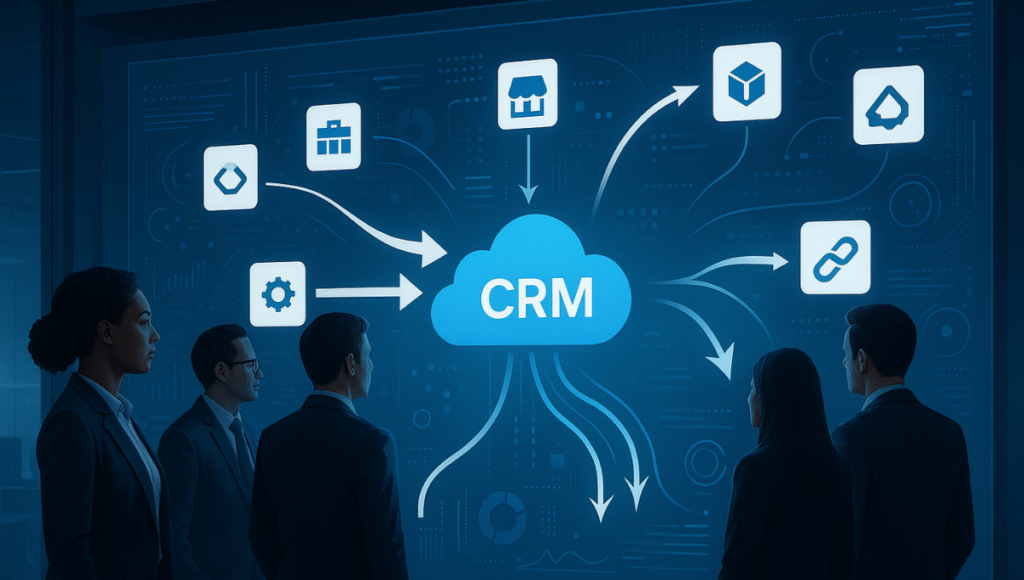Are you ready to transform your business operations with the world’s number one CRM platform? Successfully learning how to implement Salesforce can revolutionize your sales processes, enhance customer relationships, and drive sustainable growth. With over 150,000 companies worldwide trusting Salesforce to power their operations, the question isn’t whether to implement it—it’s how to do it right.
Implementing Salesforce properly requires strategic planning, expert guidance, and a thorough understanding of your business needs. This comprehensive guide will walk you through every step of the implementation process, helping you avoid common pitfalls and maximize your return on investment.
Before diving into the technical aspects of how to implement Salesforce, it’s crucial to understand that successful implementation begins with identifying your organisation’s specific needs and goals. Every business is unique, and your Salesforce Services solution should reflect that uniqueness.
The implementation process typically involves several key phases: assessment and planning, data preparation, system configuration, user training, and ongoing support. Each phase requires careful attention to detail and strategic thinking to ensure your Salesforce platform delivers maximum value.
The foundation of any successful Salesforce implementation lies in clearly defining what you want to achieve. Are you looking to streamline your sales processes, improve customer service delivery, or gain better insights through analytics? Understanding your primary objectives will guide every decision throughout the implementation process.
Start by conducting a comprehensive audit of your current systems and processes. Identify pain points, inefficiencies, and areas where automation could provide immediate benefits. This assessment will help you prioritise features and functionality during the implementation phase.
Implementing Salesforce isn’t just about technology it’s about people. Successful implementations require buy-in from all stakeholders, from senior leadership to end users. Establish a project team with representatives from sales, marketing, customer service, and IT departments.
Create a change management strategy that addresses potential resistance and ensures smooth adoption. Communication is key keep all stakeholders informed about progress, benefits, and their role in the implementation process.
One of the most critical aspects of learning how to implement Salesforce successfully is managing data migration. Poor data quality can undermine even the best-designed CRM system, so investing time in data preparation is essential.
Begin by auditing your existing data sources. Identify duplicate records, outdated information, and incomplete data sets. Clean and standardise your data before migration to ensure accuracy and consistency within your new Salesforce environment.
Understanding how your data connects is crucial for effective migration. Map relationships between contacts, accounts, opportunities, and other key entities. This mapping process helps maintain data integrity and ensures that important business relationships aren’t lost during the transition.
Consider the data structure requirements of different Salesforce clouds. Whether you’re implementing Sales Cloud, Service Cloud, Analytics Cloud, or Experience Cloud, each has specific data requirements that must be considered during the preparation phase.
The power of Salesforce lies in its flexibility and customisation capabilities. However, finding the right balance between standard functionality and custom solutions is crucial for long-term success.
Start with standard Salesforce features and configurations before considering custom development. This approach reduces complexity, minimises costs, and ensures easier maintenance and updates. Focus on configuring workflows, approval processes, and automation rules that align with your existing business processes.
Different Salesforce clouds serve different business functions:
Sales Cloud focuses on streamlining sales processes, managing leads and opportunities, and providing sales teams with the tools they need to close deals effectively.
Service Cloud enhances customer service delivery through case management, multi-channel support, and knowledge base functionality.
Analytics Cloud provides powerful data visualisation and reporting capabilities, enabling data-driven decision-making across your organisation.
Experience Cloud creates branded digital experiences for customers, partners, and employees through custom portals and communities.
Avoid overwhelming users by introducing features gradually. Prioritise implementations based on business impact and user readiness. This phased approach allows teams to adapt and learn effectively while maintaining productivity during the transition period.
Even the most well-configured Salesforce system won’t deliver results without proper user adoption. Develop comprehensive training programmes tailored to different user roles and skill levels.
Create role-specific training materials that focus on how Salesforce will improve each user’s daily work. Sales representatives need different training than customer service agents or marketing professionals. Personalised training increases engagement and adoption rates.
Training shouldn’t end at system go-live. Establish ongoing support mechanisms to help users navigate challenges and discover new ways to leverage Salesforce functionality. Regular refresher sessions and advanced training opportunities keep users engaged and maximise system utilisation.
In this blog, “Salesforce CRM Features and Benefits,” we explore the powerful tools and advantages that make Salesforce a leading choice for businesses.
Before launching your Salesforce implementation, conduct comprehensive testing across all configured features and processes. Create test scenarios that mirror real-world usage patterns and involve end users in the testing process.
Test data migration accuracy, workflow automation, integration points, and user permissions. Identify and resolve issues before they impact business operations or user experience.
Involve key stakeholders in user acceptance testing to ensure the system meets business requirements and user expectations. This collaborative approach helps identify potential issues and builds confidence in the new system.
Plan your go-live strategy carefully. Consider a phased rollout that introduces Salesforce to different user groups or business units gradually. This approach allows you to manage support requirements and address any unexpected issues without disrupting entire business operations.
Ensure your support team is prepared for increased help desk activity during the initial weeks following launch. Having experienced Salesforce consultants available during this critical period can significantly reduce adoption challenges.
Successful Salesforce implementation doesn’t end at go-live. Regularly maintain and update your Salesforce instance to ensure optimal performance. Monitor user adoption metrics, system performance, and business outcomes to identify opportunities for improvement.
Address issues promptly and provide ongoing support for users. Regular system health checks and performance monitoring help prevent problems before they impact business operations.
While it’s possible to implement Salesforce independently, working with certified Salesforce consultants can significantly improve your chances of success. Experienced partners bring deep platform knowledge, implementation best practices, and industry expertise that can accelerate your project timeline and improve outcomes.
Look for partners with proven track records, relevant industry experience, and comprehensive Salesforce certifications. The right partner should understand your business needs and provide strategic guidance throughout the implementation process.
UK businesses face unique regulatory requirements, market conditions, and business practices that should be considered during Salesforce implementation. Working with partners who understand the UK market can ensure your solution addresses local compliance requirements and business customs.
Establish clear metrics to measure the success of your Salesforce implementation. Track user adoption rates, process efficiency improvements, customer satisfaction scores, and revenue impact. These metrics help demonstrate ROI and identify areas for further optimisation.
Monitor both quantitative metrics (such as lead conversion rates and case resolution times) and qualitative feedback from users. This comprehensive approach provides a complete picture of implementation success.
The true value of Salesforce implementation emerges over time as users become more proficient and processes become more efficient. Plan for long-term value realisation by establishing ongoing training programmes, regular system optimisation reviews, and strategic planning sessions.
Establish clear metrics to measure the success of your Salesforce implementation. Track user adoption rates, process efficiency improvements, customer satisfaction scores, and revenue impact. These metrics help demonstrate ROI and identify areas for further optimisation.
Monitor both quantitative metrics (such as lead conversion rates and case resolution times) and qualitative feedback from users. This comprehensive approach provides a complete picture of implementation success.
The true value of Salesforce implementation emerges over time as users become more proficient and processes become more efficient. Plan for long-term value realisation by establishing ongoing training programmes, regular system optimisation reviews, and strategic planning sessions.
Learning how to implement Salesforce successfully requires careful planning, expert guidance, and a commitment to ongoing optimisation. By following the structured approach outlined in this guide, UK businesses can maximise their Salesforce investment and achieve sustainable growth.
Remember that successful implementation is a journey, not a destination. The most successful organisations view their Salesforce platform as an evolving asset that grows and adapts with their business needs.
Ready to begin your Salesforce implementation journey? Consider partnering with certified consultants who can provide the expertise and support you need to ensure success. With the right approach and expert guidance, your Salesforce implementation can become a catalyst for business transformation and growth.
Learning how to implement Salesforce successfully requires careful planning, expert guidance, and a commitment to ongoing optimisation. By following the structured approach outlined in this guide, UK businesses can maximise their Salesforce investment and achieve sustainable growth with the support of Sailwayz.
Remember that successful implementation is a journey, not a destination. The most successful organisations view their Salesforce platform as an evolving asset that grows and adapts with their business needs.
Ready to begin your Salesforce implementation journey? Consider partnering with certified consultants who can provide the expertise and support you need to ensure success. With the right approach and expert guidance, your Salesforce implementation can become a catalyst for business transformation and growth.
Q1: How long does it typically take to implement Salesforce for a UK business?
Implementation timelines vary based on complexity and requirements. Simple deployments may take 6-12 weeks, while comprehensive implementations can require 3-6 months or longer depending on customisation needs and organisational readiness.
Q2: What’s the most critical factor for successful Salesforce implementation?
User adoption is the most critical success factor. Even perfectly configured systems fail without proper user buy-in, training, and ongoing support. Invest heavily in change management and user engagement strategies.
Q3: Should we customise Salesforce extensively during initial implementation?
Start with standard configurations and gradually add customisations based on proven business needs. Over-customisation early in the process can lead to complexity, maintenance challenges, and longer implementation timelines.
Q4: How do we ensure data quality during Salesforce migration?
Conduct thorough data audits before migration, clean duplicate and outdated records, standardise data formats, and establish data governance policies. Consider working with experienced consultants to ensure migration accuracy and completeness.
Q5: What ongoing support do we need after Salesforce implementation?
Plan for ongoing system administration, user training, performance monitoring, and regular optimisation reviews. Many organisations benefit from retaining relationships with certified Salesforce partners for ongoing support and strategic guidance.
Lorem ipsum dolor sit amet, consectetur adipiscing elit. Ut elit tellus, luctus nec ullamcorper mattis, pulvinar dapibus leo.











Joshua Eze is the Founder & Salesforce Architect at Sailwayz, a certified Salesforce Consulting Partner based in the UK. With over 6 years of experience leading CRM transformations, he is a certified Application & System Architect passionate about using technology to simplify business processes. Joshua helps companies unlock the full potential of Salesforce with strategic, scalable, and secure solutions.